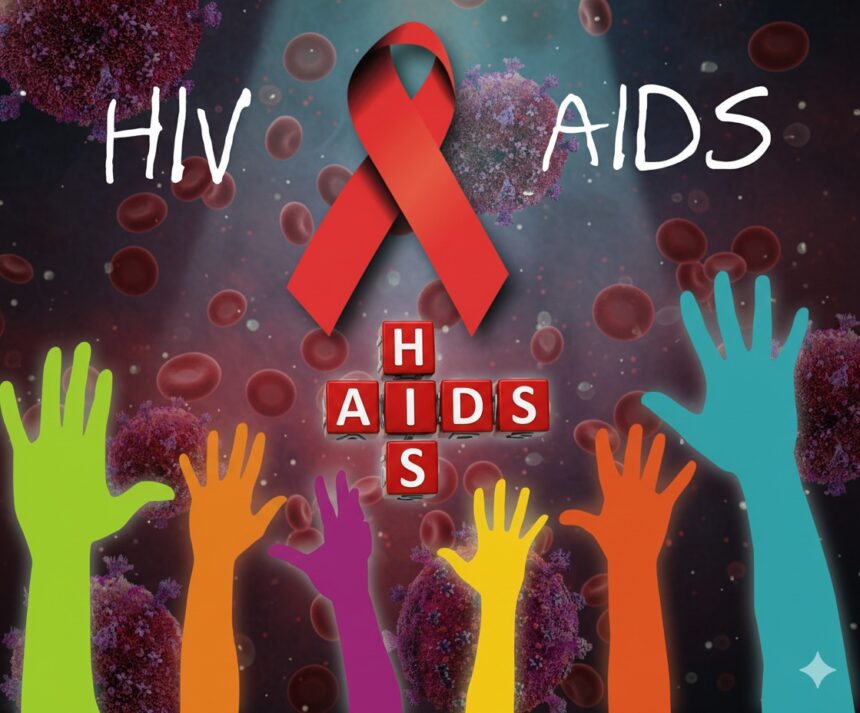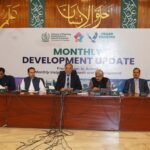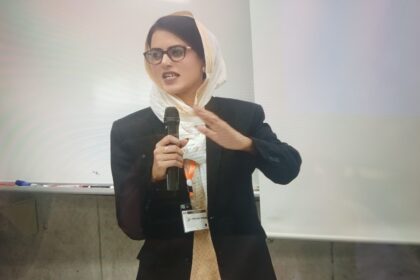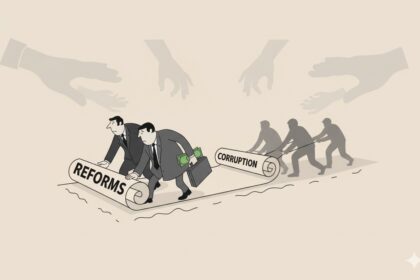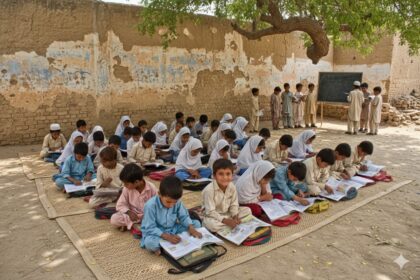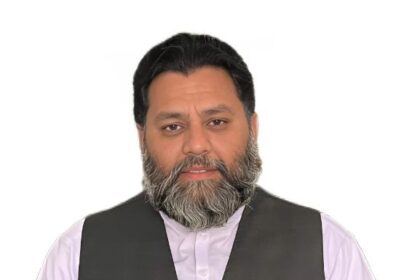Breaking the Silence: HIV, AIDS and the Transgender Community in Pakistan
By Dr. Asma Fatima Makhdoom In the midst of Pakistan’s urban metropolis Karachi, Lahore, Rawalpindi exists a population that is commonly observed, but rarely known. Pakistan’s transgender (khwaja sira) population, vibrant in appearance but weighed down by social isolation, still grapples with one of the nation’s most quiet but deadly crises: HIV/AIDS.
While the globe discusses innovation, inclusion, and advances in healthcare, there is a corner of our society that still exists in shadows unheard, unseen, and untreated.
A Growing Epidemic Behind Closed Doors
Pakistan is currently one of those nations with a fast growing rate of HIV infections in South Asia, according to UNAIDS. It is estimated that more than 240,000 Pakistanis live with HIV, and the number keeps growing every year. Transgender women are disproportionately represented among them.
In certain metropolitan areas, HIV prevalence among transgender sex workers is more than 5–8%, whereas it remains less than 0.1% in the general population. The disparity is alarming but unsurprising.
Transgender individuals in Pakistan are rejected by family, kept out of school, and have limited opportunities for work. Some are driven to sex work or begging out of necessity rather than desire. With no education about safe practices and with virtually no access to medical care, risk of infection becomes a certainty.
The Layers of Stigma and Silence
“I discovered I had HIV two years ago,” reports Sadia, a 31-year-old transgender woman living in Lahore. “When I was at the hospital, they said come late because they did not want other people to ‘see people like me’ waiting there. I never returned.”
Her experience is not an isolated one. For most transgender people, humiliation is more feared than disease.
Even if there are free centers for HIV testing and treatment, many never go near them. Why? Because stigma is the largest obstacle.
Health workers, too, are poorly trained on gender sensitivity. Some won’t treat transgender patients at all; others gossip or pass moral judgment. These experiences push people underground, where the virus spreads undetected.
The tragedy is not merely in the virus’s spread but in its loneliness afterwards. When families shun them, friends withdraw from them, and society condemns them, where can they get help?
The Medical Facts We Omit
Despite global awareness campaigns for decades, myths about HIV persist in Pakistan.
Many still think that HIV can be spread by casual contact touching, sharing meals, or sitting next to someone with HIV.
These are myths.
HIV only spreads via:
Unprotected sexual intercourse
Sharing dirty needles or syringes
Blood transfusion with infected blood
From mother to child through pregnancy or breastfeeding
That’s all. You can’t “catch” HIV by being kind, shaking hands, or showing kindness.
Modern medicine has changed HIV from a death sentence to a chronic, manageable disease. With antiretroviral therapy (ART), individuals infected with HIV can live long, healthy lives and even have HIV negative partners and children.
But only works if individuals have access to it without fear and that’s where Pakistan falters.
A Ray of Hope Amidst Neglect
There are glimmers of change. Organisations like Nai Zindagi, National AIDS Control Programme (NACP), Blue Veins, and Transgender Rights Protection Centers are accessing the transgender community through peer educators and mobile testing vans.
They not only offer testing and treatment, but also emotional support and dignity. Many use transgender outreach workers who are able to connect more with their own community establishing trust where the system has failed.
Pakistan’s National HIV Strategic Plan (2023–2028) now specifically targets transgender people, acknowledging them as one of the key groups that require special attention. This is a good omen that policymakers are finally realizing that health equity would be impossible without inclusion.
Changing the Conversation: From Judgment to Justice
Putting an end to the HIV epidemic in Pakistan isn’t merely a medical issue it’s a matter of attitude.
We need to first acknowledge that transgender individuals are human beings with equal rights to safety, healthcare, and dignity.
Education is the first line of defense: Mosques, schools, and media need to discuss HIV without shame and without moral judgment.
Healthcare professionals need to be trained to treat all their patients male, female, or transgender with empathy and confidentiality.
Religious scholars and social influencers can play an important role by talking about compassion instead of condemnation.
And the people need to know that HIV is not punishment, it’s a virus — and silence is what makes it spread.
The Road Ahead
As Pakistan works towards modernizing the healthcare system, we need to ask ourselves some tough questions:
Can a country develop if a section of its citizens are left behind in suffering and neglect?
Can we ever wipe out HIV if shame continues to silence those who need it most?
The solution is empathy, education, and empowerment.
Each time we act on compassion instead of prejudice, we heal a little bit not only the transgender community, but our society as a whole. Because HIV is not just a public health crisis it’s a reflection of how we value humanity itself.
A Call to Action
It’s time to shift the narrative.
Let’s exchange whispers of blame for voices of awareness.
Let’s invest in programs that encourage testing, counseling, and prevention.
Let’s make hospitals and clinics safe havens for all.
And let’s not forget a disease does not discriminate, people do.
The battle against HIV and AIDS in Pakistan can only be won if we battle the stigma that propels it.
Because healing starts the moment we begin to listen and care for those we once ignored.




